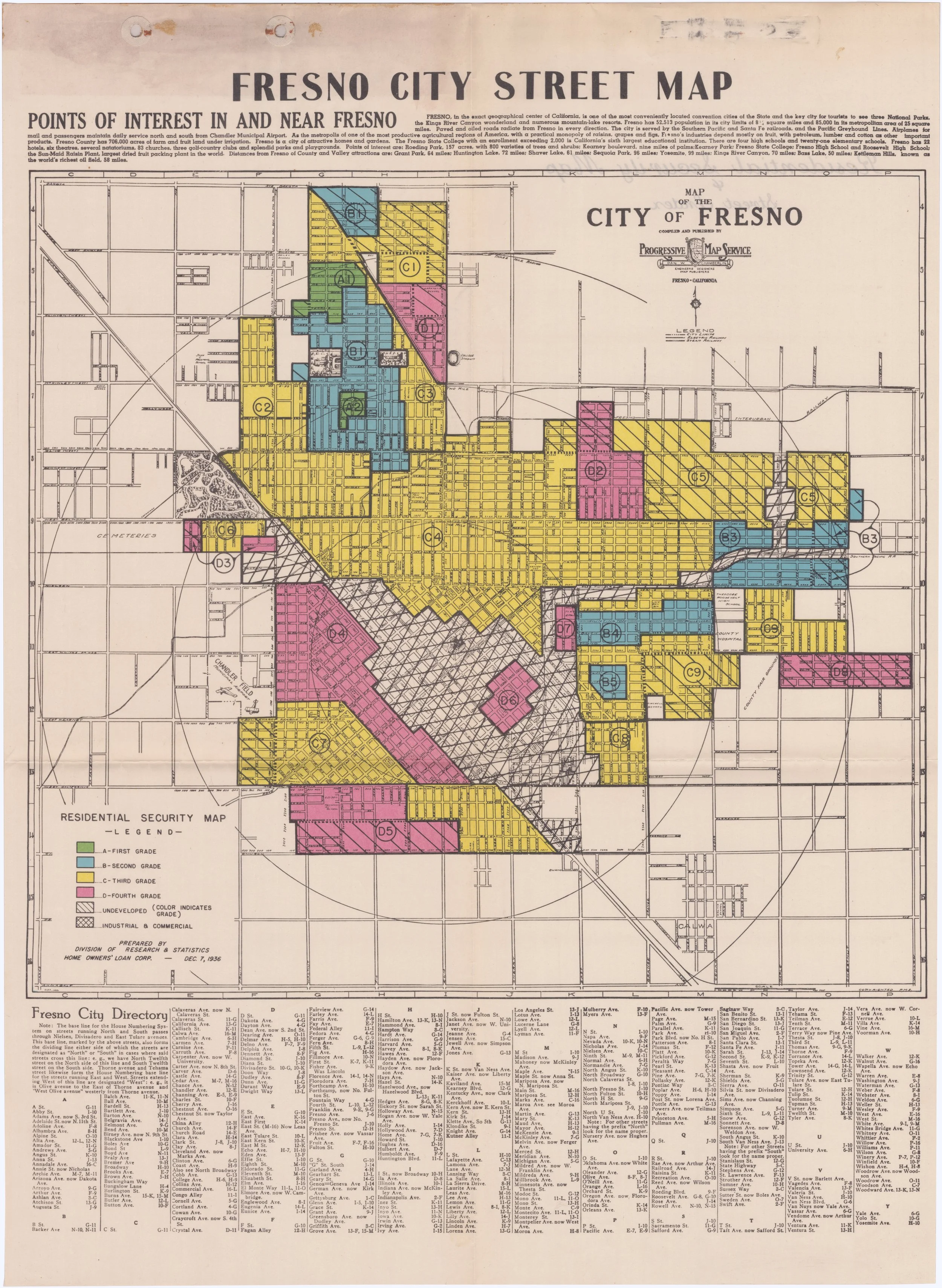Clovis Caper Creates Caselaw
/The Fifth District Court of Appeal has published a fresh, citeable precedent on the housing-element law. Here are our thoughts.
Beyond Fonseca
First off, congratulations to Central California Legal Services and the Public Interest Law Project for their well-litigated victory. Their win, Martinez v. City of Clovis, is the most comprehensive housing-element case since Fonseca v. City of Gilroy (2007) 148 Cal.App.4th 1174. Fonseca had interpreted the housing-element law as codified in 2002. It was already outdated in 2007, and the statute has been revised much more since then. So we’re glad to have an interpretation of the housing-element law as codified in 2019. It’s challenging to litigate on thin precedent, and we’re grateful to the Martinez team for setting a new one.
Clovis, the Eagleton to Fresno’s Pawnee, had a housing element. (The San Joaquin Valley’s housing elements aren’t due for an update until the end of this year.) Clovis’s housing element was about what you’d expect from an Eagleton. Clovis wore HCD down and got its housing element certified, but that didn’t deter housing advocates from suing. The housing advocates won, and Clovis appealed.
The court of appeals agreed: Clovis’s housing element wasn’t compliant. That the court disagreed with HCD’s certification shouldn’t be a surprise, since substantial compliance is a question of law. It depends on what the statute requires.
In this case, the housing-element statute requires … that a subset of a subset of sites, designated in a housing element’s inventory of land, must be zoned at both of two parallel minimum densities. Got it?
This is where we repeat that the 40,000-word housing-element statute is too complicated. We’ve read and could explain Martinez’s settling of the interaction between overlay zoning and minimum densities—we may have to, in our own lawsuits—but we think such details distract from the bigger picture. The rent is too damn high! Zoning created this crisis. Overlay zoning isn’t going to save us from zoning.
Toward Equality
Martinez is, more notably, the first appellate case to apply California’s 2018 mandate to “affirmatively further fair housing” (aka “AFFH”). Much ink has been spilled elsewhere on AFFH, and it’s nice to see some ink dry at last in the Official California Appellate Reports.
The good news is that AFFH is judicially enforceable. It can be litigated under Section 1085 of the Code of Civil Procedure.
The huh? news is that we still don’t know what, exactly, AFFH means. The statute says it means “meaningful actions,” which means the legislature assumed someone else would decide what “meaningful” meant. In Martinez, the court holds that neglecting the parallel minimum-density mandates, in and of itself, violates AFFH. But so what? It already violates the housing-element law. Martinez also ruled that it might violate three older nondiscrimination statutes. So while Martinez says that AFFH requires something “more than” nondiscrimination, the court found no occasion to explain the difference.
Our view is that AFFH is a long acronym for “equal protection,” and that equal protection means apartments should be legal wherever houses are. Why today’s courts don’t (yet) agree with us is a long story. We’re working on it.



